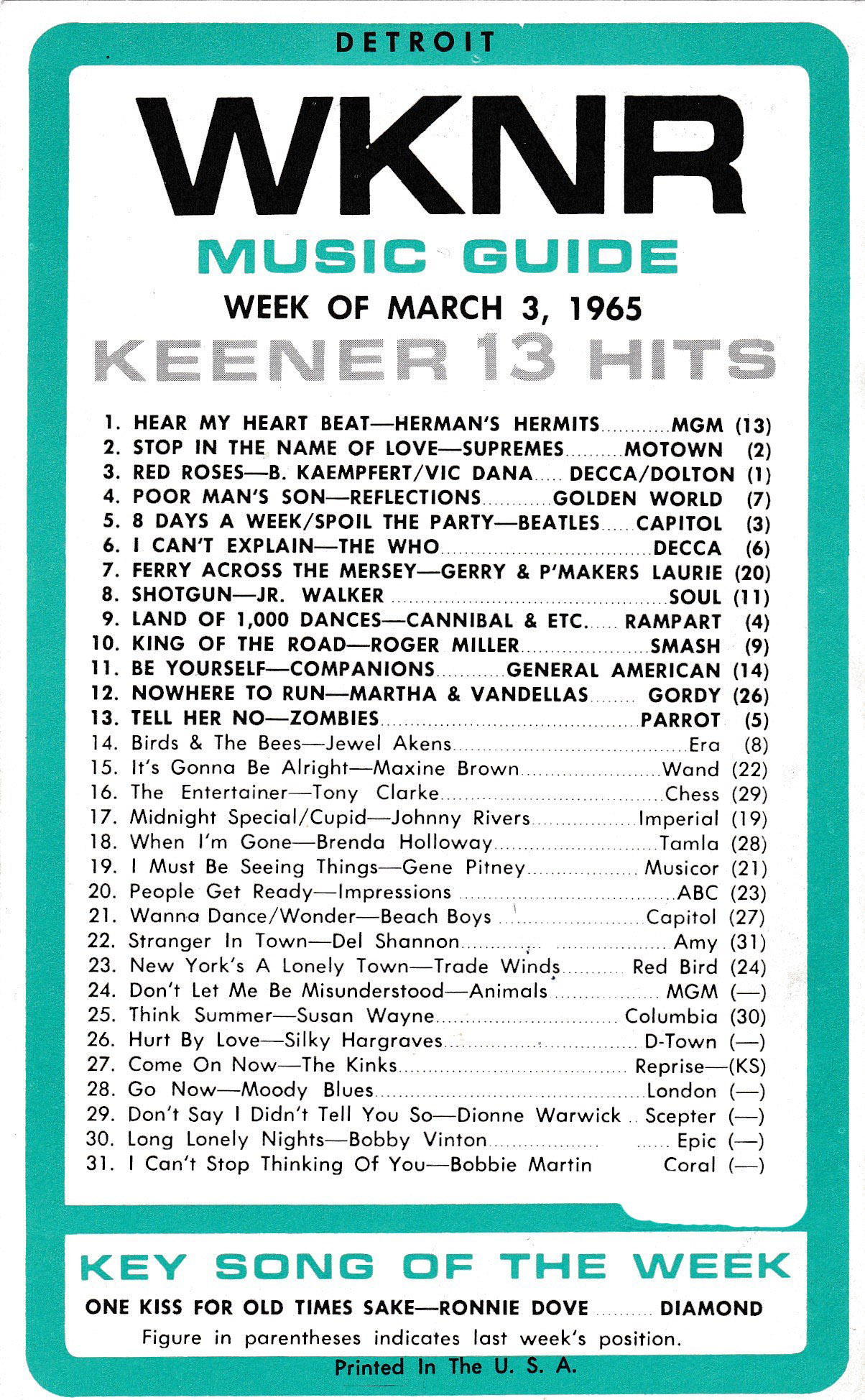![]()
Category: Flashbacks
HELLO FROM MICHIGAN
WABX-FM GOING PROGRESSIVE . . . NOVEMBER 25, 1967
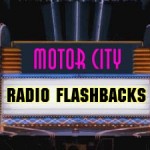 From the MCRFB NEWS archives: 1967
From the MCRFB NEWS archives: 1967
FM Outlet Trending Rock Field in Motor City
DETROIT — WABX-FM, a stereo station owned by Century Broadcasting, has been slowly moving into a progressive rock format, says John Small, station general manager. The station has been programming Vanilla Fudge, Ravi Shankar, Cream, Tim Hardin, Jefferson Airplane and John Hammond, among others. This is good news to record men, who’ve long needed radio exposure for some of the groups who are scoring better in album sales than singles sales.
There seems to be a trend in shaping in the FM field for this type of station. WOR-FM has the college-age crowd sewn up in New York, but dropped the ball, and alert management at WNEW-FM picked it up and will be dipping more and more into the progressive rock bag. Already, Bill (Rosko) Mercer is playing progressive rock and blues on WNEW-FM 7 until midnights. In Los Angeles, KMPX-FM, guided under program director Tom Donahue, has been making an impact on album sales in the rock field. KPPC-FM is slated to go on the air soon with a progressive rock format in Los Angeles. Back in New York, there are also two additional radio shows that give exposure to good rock groups.
WBAI-FM, the non-commercial station in New York, beams a good broadcast after midnight hosted by Bob Fast;this show plays everything from gutty blues to progressive rock to folk (Arlo Guthrie got good exposure via tapes on this station before Reprise signed him). Also, Phil Morris is now hosting a show on a Newark, New Jersey radio station — WHBI-FM — in the wee hours of the morning that gives exposure to good rock groups like the Jimi Hendrix Experience, Joan Baez and the Blues Project. His show is expanding to the time of 3-5 a.m. in January and Morris hopes to further expand it midnight-5 a.m. soon.
WABX-FM in Detroit started out a year and a half ago playing instrumentals and “Easy Listening” versions of rock hits. Then the station began programming a few of the smoother rock hits and eventually shifted into block programming devoted to folk and jazz. Folk and rock tunes then were integrated into the daytime programming. Small said the Animals and the Bee Gees, and the Beatles had made an impact on the daytime audiences. The station is now receiving 25-40 letters (from their listeners) a day.
“There’s a lot of meaningful music being produced today in the rock field . . . tunes that are absolutely beautiful. They’re timeless. These are the records I’m trying to sneak into our programming. I’m sure we’re going to be extending this type of thing.” Small said he waited to achieve a “happy medium without trying to sound too bluesy.” There is a possibility that the station may obtain a folk-rock act to emcee a radio show — the Misty Wizards of Reprise Records. The act, composed of Dick Keelan and Ted Lucas, were featured on live remote broadcast from the Detroit Auto Show this past weekend and will also have a two-hour show scheduled for next weekend. END
___
(Information and news source: Billboard; November 25, 1967)
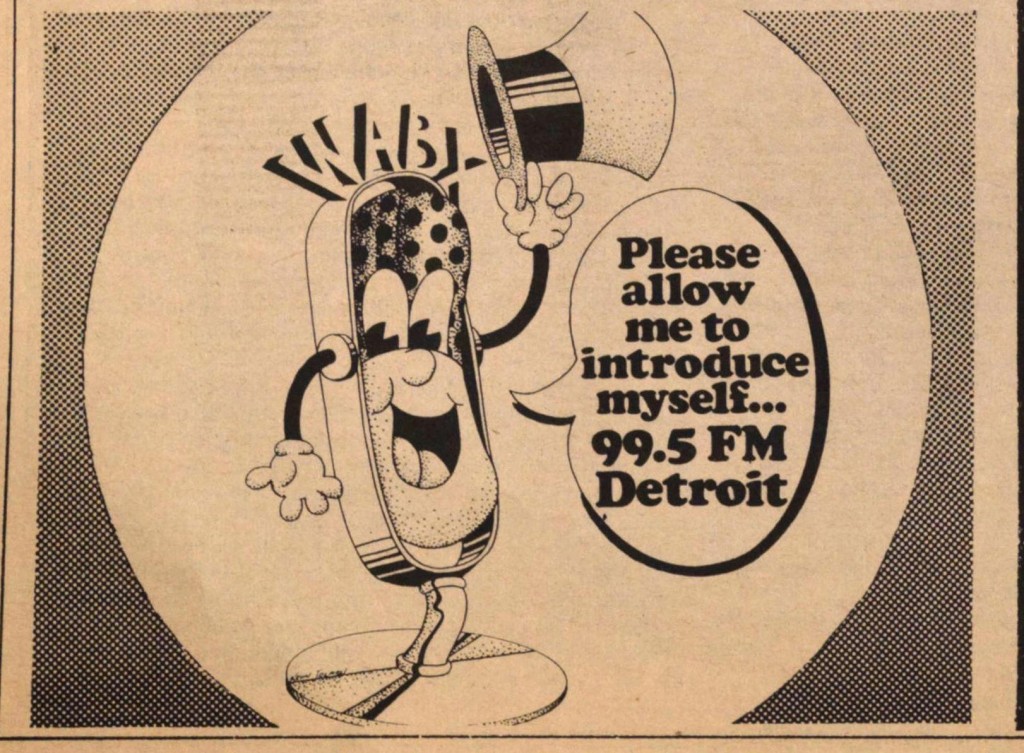
![]()
WKNR THINKING SUMMER: 15 MORE DAYS ‘TIL SPRING!
BILL DRAKE: ‘POP RADIO’S TOP JOCK’ OCTOBER, 1969
BILL DRAKE: ‘POP RADIO’S TOP JOCK’ OCTOBER, 1969
!['RADIO'S TOP JOCK' True Magazine, October, 1969 [ d.] (Click image 2x for largest view)](https://www.mcrfb.com/wp-content/uploads/2014/01/Bill-Drake-True-October-1969-4..jpg)
!['RADIO'S TOP JOCK' True Magazine, October, 1969 [ e.] (Click image 2x for largest view)](https://www.mcrfb.com/wp-content/uploads/2014/01/Bill-Drake-True-October-1969-5..jpg)
!['RADIO'S TOP JOCK' True Magazine, October, 1969 [ f.] (Click image 2x for largest view)](https://www.mcrfb.com/wp-content/uploads/2014/01/Bill-Drake-True-October-1969-6..jpg)
Addendum: For more on Bill Drake, CKLW RKO Radio on MCRFB.COM, see: ‘Detroit Radio Wars: CKLW Hires Bill Drake And Paul Drew; April 8, 1967‘ and ‘CKLW No. 1 In Detroit! November 4, 1967.’ (Above article property/courtesy Georgia Radio Hall of Fame).
![]()
PAMS: (RADIO’S OWN) CUSTOM JINGLE MAKER . . . JUNE 20, 1964
 From the MCRFB news archives: 1964
From the MCRFB news archives: 1964
Jingles Important Tool In Today’s Radio Trade
Disk Jockey: What’ll we do to break up the triple spots?”
Program Director: “What do you think we have jingles for!”
DALLAS — At one time the above quote was the rule at many radio stations where “jingles,” “musical production aids” and other similar gimmicks were used in excess to break up back-to-back announcements.
The jingles today is recognized by most broadcasters as a far more important tool of the trade than as just a pad between commercials. At one time the “jingle” was only associated only with “top 40” contemporary music-formatted stations. They were frequently shrill stations identifiers that browbeat the audience into identifying with a station’s call letters.
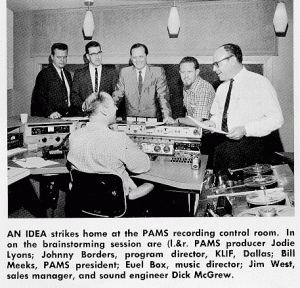
Accepted by large and small stations as a necessity, musical signatures are now being used right down the line, from ultra-conservative stations to the swingingest of the swingest stations.
Modern radio today involves 4,000 or more radio stations with markets such as Denver served by 19 different signals. In the struggle for a distinctive sound, stations have turned to musical signatures to help set them apart from the competition. Few, if any, radio stations can claim that a “jingle package” was responsible for putting them in first place. However, few can deny that an effective package of signatures and production aids can do much to help a station attain individuality within a market — even when the competition is programming primarily the same musical fare.
Recognizing the vital need of programmers for news intros, weather music, musical beds, distinctive call letters, et al., many firms rushed package after package for production. Few knew or cared about programming or radio station operation. Many firms worked on gut instinct and speculation. Many stations were burned by shoe-string operations and fly-by-night wheeler dealers.
Happily, a greater majority of these marginal operators are no longer on the scene. Emerging from the “jingle mills” of the fifties were a handful of creative production outfits (many staffers were culled from broadcasting’s ranks) who were interested in station problems and were prepared to offer their clients constructive aid.
PAMS Is The Leader
Frequently called the Neiman-Marcus of the custom jingle and commercial producers is PAMS of Dallas. The firm specializes in custom-made radio station signatures and production aids. On contract with many of the nation’s top broadcasting groups, PAMS packages compare to the Cadillac on display in the General Motors Pavilion at the World’s Fair, it is the only one of it’s kind. Then the PAMS production and the Caddy part. PAMS packages may be purchased, the car is not for sale.
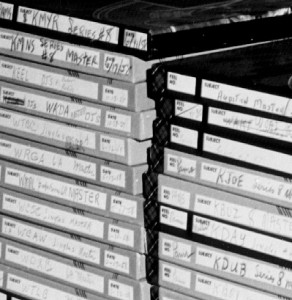
Operating from a specially built headquarters at 4141 Office Parkway, Central Park Plaza, the organization creates and builds musical ideas and concepts within the confines and walls of its own studios. Their customizing is so distinctive that it is one of the few companies that has station clients in the same city. (In contrast, WRCV’s conservative-subdued signatures vs.WIBG’s vibrant swinging signatures in Philadelphia).
Although the staff is comprised of of first-rate musicians, composers and arrangers, rarely is a package produced without the station’s program director or general manager being personally on hand to supervise the sound.
WABC’s (New York) current signatures were conceived by program director Rick Sklar and vice-president and general manager Wally Schwartz. The concept was then brought in person to Dallas by Schwartz and Sklar as was further developed by the PAMS staff under the watchful eyes and ears of the WABC executives. The results can readily be attested by anyone who has been within earshot of WABC’s personalized signature.
“Stations purchasing our packages are investing in a perpetuating sound,” said Bill Meeks, PAMS president. “Each new package is based on a previous one — so there is no built-in obsolescence. Our clients, on this basis, can a ‘jingle or sound signature library.’
PAMS offer 13 basic pakages, all different in theme and sound. Their latest, series 27, is entitled the “Jet Set” and features the theme, “Where The Action Is.” Included in the series (currently in use at WABC) are sound effects, musically conjuring up the sensation of get-up-and-go. Also featured in the package is the distinctive vocalizing of Bright Eyes Longknife, a lovely native American Indian gal who hits high notes with ease.
Meeks says about this series, “Less to listen to, but more to hear.” Meeks also emphasizes that the PAMS material is built to “inspire the deejay, not to replace him.”
Recently WNOR, Norfolk, gave PAMS an assignment to customize their “Music Go-Round” logo. For WYSL, Buffalo, came the “Whistle While You Work Theme.” For WGR, in the same city, PAMS constructed a contemporary take-off on the standard, “Shuttle Off To Buffalo.” Three gals and three fellas comprised PAMS permanent vocal group. Bob Beigler, Jody Lyons and Bob Farrar are producers. Biegler and Farrar also perform as instrumentalists and vocalists respectively on many sessions.
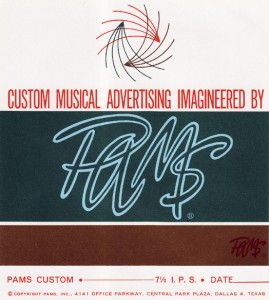
Farrar produces most of the custom-made commercials for Pams Advertising Agency. Clients include: Humble, Dr. Pepper, Durkee, Honda Toys, Nationwide Insurance, Schick Razors and numerous other local and nationwide accounts. Darrell Grundy is vice-president of the agency. Bill Meeks heads up both the agency and production firm.
PAMS peripatetic sales manager, Jim West, a first-rate bass player, may be found participating actively in many music sessions with music director Euel Box.
The company’s sales force is small but highly effective. The Eastern States come under the aegis of Doug China, former program director and deejay at WKBW, Buffalo, and WPOP, Hartford. As a special service to clients, Doug works with stations to in guiding them on how to utilize their newly acquired production aids.
The West is covered by Toby Arnold, a former radio times salesman who is hip to the general manager’s and sales manager’s budget problems, as well as modern radio, in general.
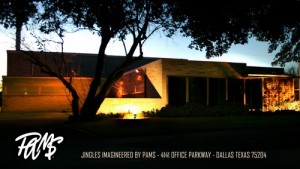
Meeks does quite a bit of account servicing himself. He gives his personal attention to most of the major clients and is in on most of the planning sessions for all of the firm’s customers.
Organized in 1951 as an advertising agency, Pams has expanded its production services for some of the top group and indie operations in the country. Among the clients are: ABC-owned stations; Storz Stations, Storer Broadcasting, McLendon Group, Crowell-Collier, WCAO, Baltimore; WMEX, Boston; KRBC, Abilene, Texas; WTOB, Winston-Salem, North Carolina; CHUM, CKEY, CKLG, CKPR (all Canadian stations), WFLA, Tampa, and KJR, Seattle. END.
— By GIL FAGGEN
(Information and news source: Billboard; June 20, 1964).
![]()
WKNR * MARCH 3, 1965
BUBBLING UNDER HOT 100
http://www.youtube.com/watch?v=ml2gqXlz7FY
![]()
FLASHBACK FRIDAY: JAY & THE TECHNIQUES * ’67 * HD
![]()
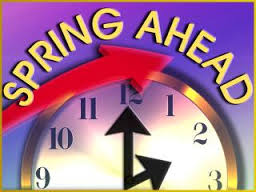
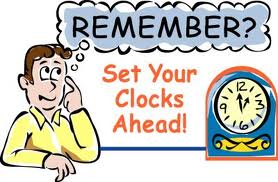




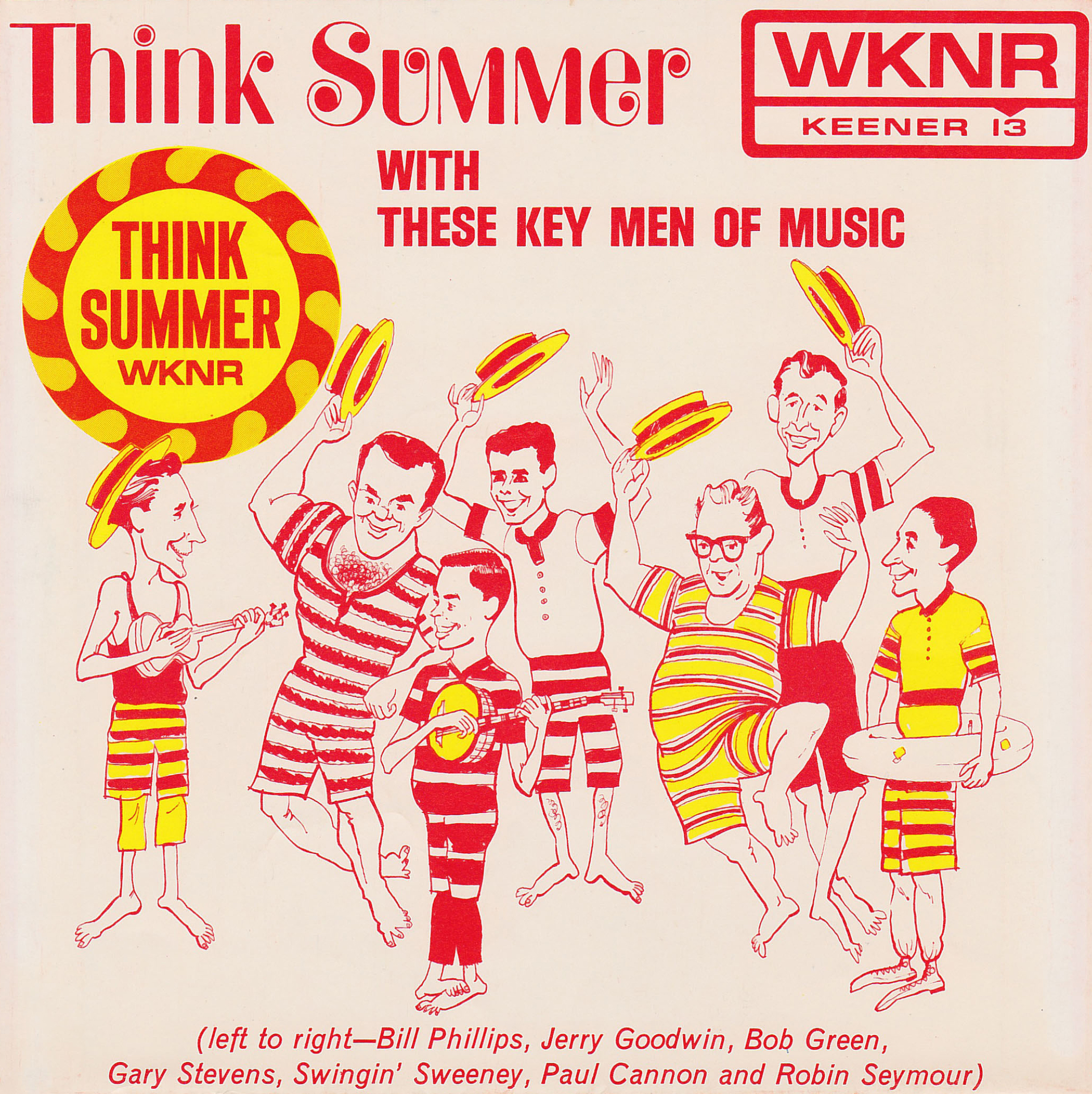


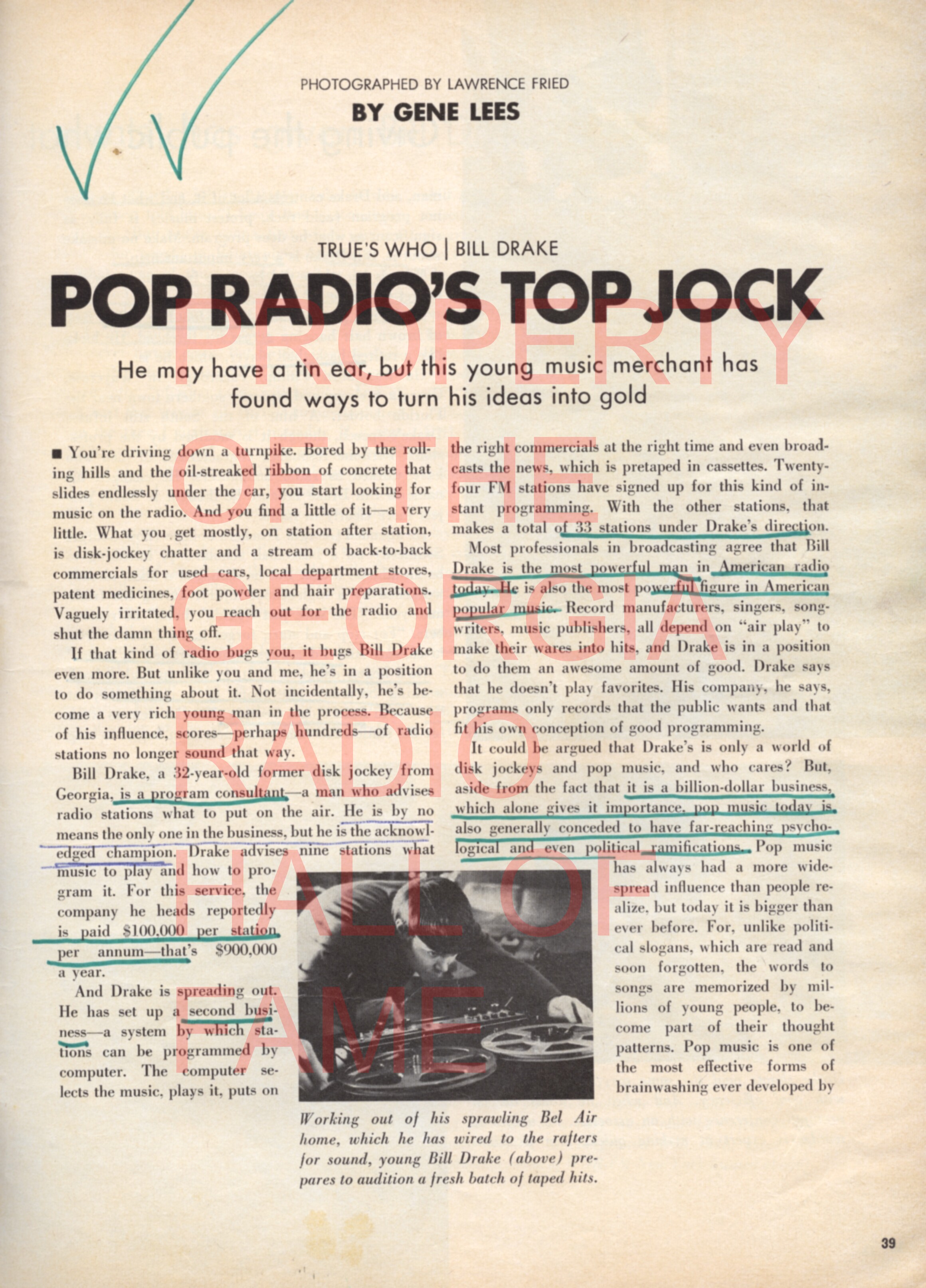
!['RADIO'S TOP JOCK' True Magazine, October, 1969 [ b.] (Click image 2x for largest view)](https://www.mcrfb.com/wp-content/uploads/2014/01/Bill-Drake-True-October-1969-2..jpg)
!['RADIO'S TOP JOCK' True Magazine, October, 1969 [ c.] (Click image 2x for largest view)](https://www.mcrfb.com/wp-content/uploads/2014/01/Bill-Drake-True-October-1969-3..jpg)
